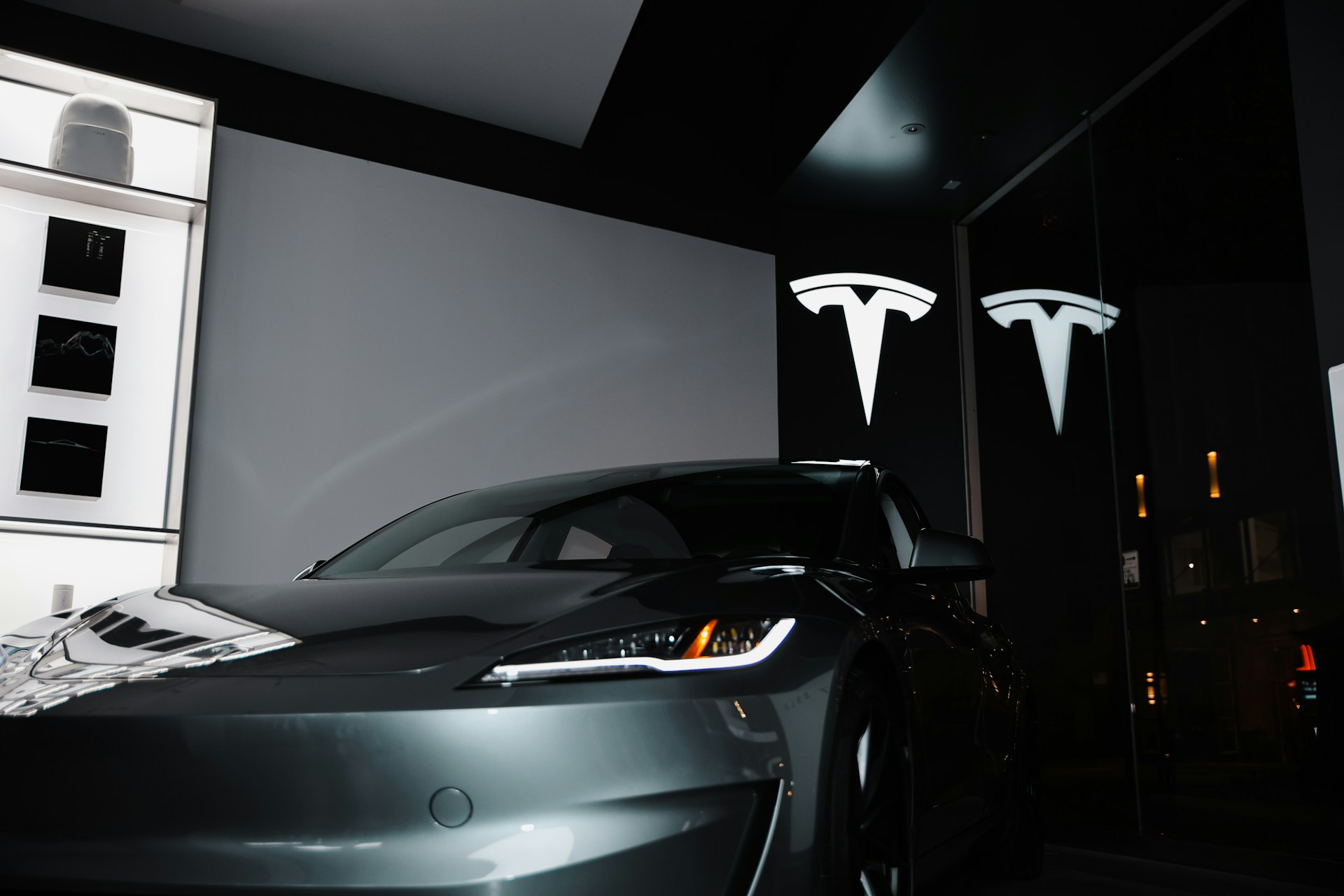Tesla has finally started testing its long-promised robotaxi service on real city streets. In Austin, Texas, a small fleet of fully self-driving Model Ys now picks up paying customers within a controlled area. Each ride costs a flat fee of 4 dollars and 20 cents, and although there is no driver, a trained safety worker sits in the passenger seat to step in if needed.
Elon Musk has called this a major milestone after years of promises about self-driving cars. Tesla uses its own cameras and software to run these cars without radar or lidar, which other companies rely on for better accuracy. By keeping costs lower, Tesla hopes to expand the service quickly if early tests go well.
This trial happens just as Texas prepares new rules for driverless cars. Starting September, all robotaxi operators must get a special permit and follow emergency safety plans. So far, Waymo remains the only other company offering a fully driverless ride-hailing service in the United States, mainly in Phoenix and parts of San Francisco. Tesla’s entry adds new competition in this growing space.
Some experts still doubt how soon robotaxis will become common. One researcher said this launch is not the finish line but only the beginning of real-world testing. Investors reacted positively but analysts warned the financial upside might already be priced into Tesla’s stock.
For the global tech sector, this step shows how fast autonomous driving is moving from concept to reality. If Tesla proves it can run safe, reliable rides without human drivers, it could change how people get around cities and shift the company towards making money from transport services, not just car sales.
Next, Tesla plans to grow this service beyond Austin and roll out its custom-built Cybercab, which will have no steering wheel at all. Whether it can pull ahead of rivals like Waymo and Zoox will depend on safety records, local rules and public trust in cars that drive themselves.


